









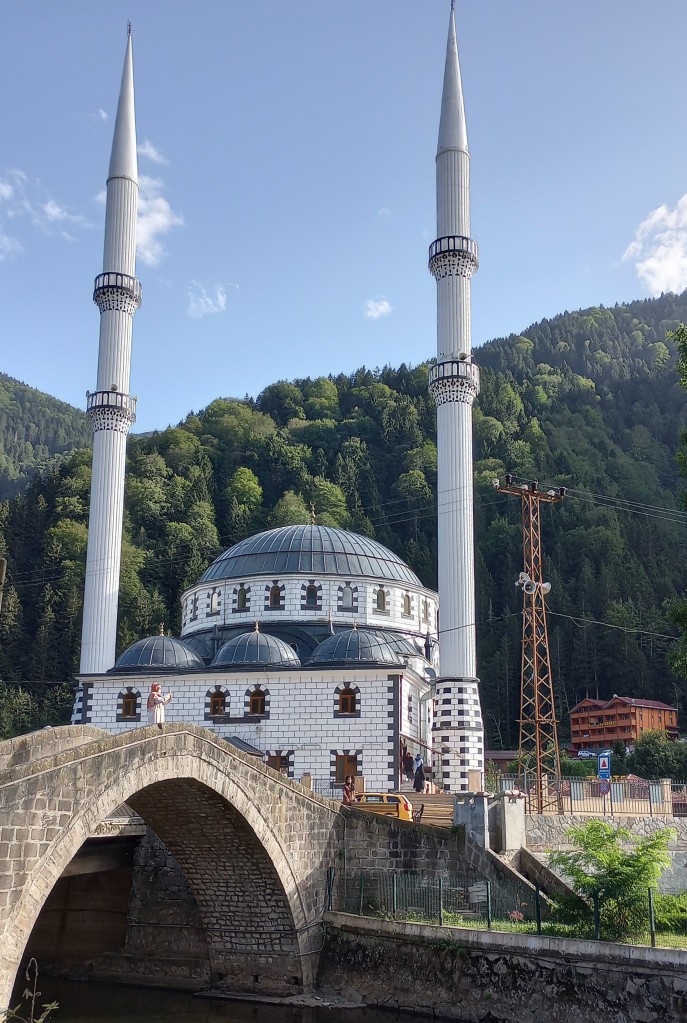

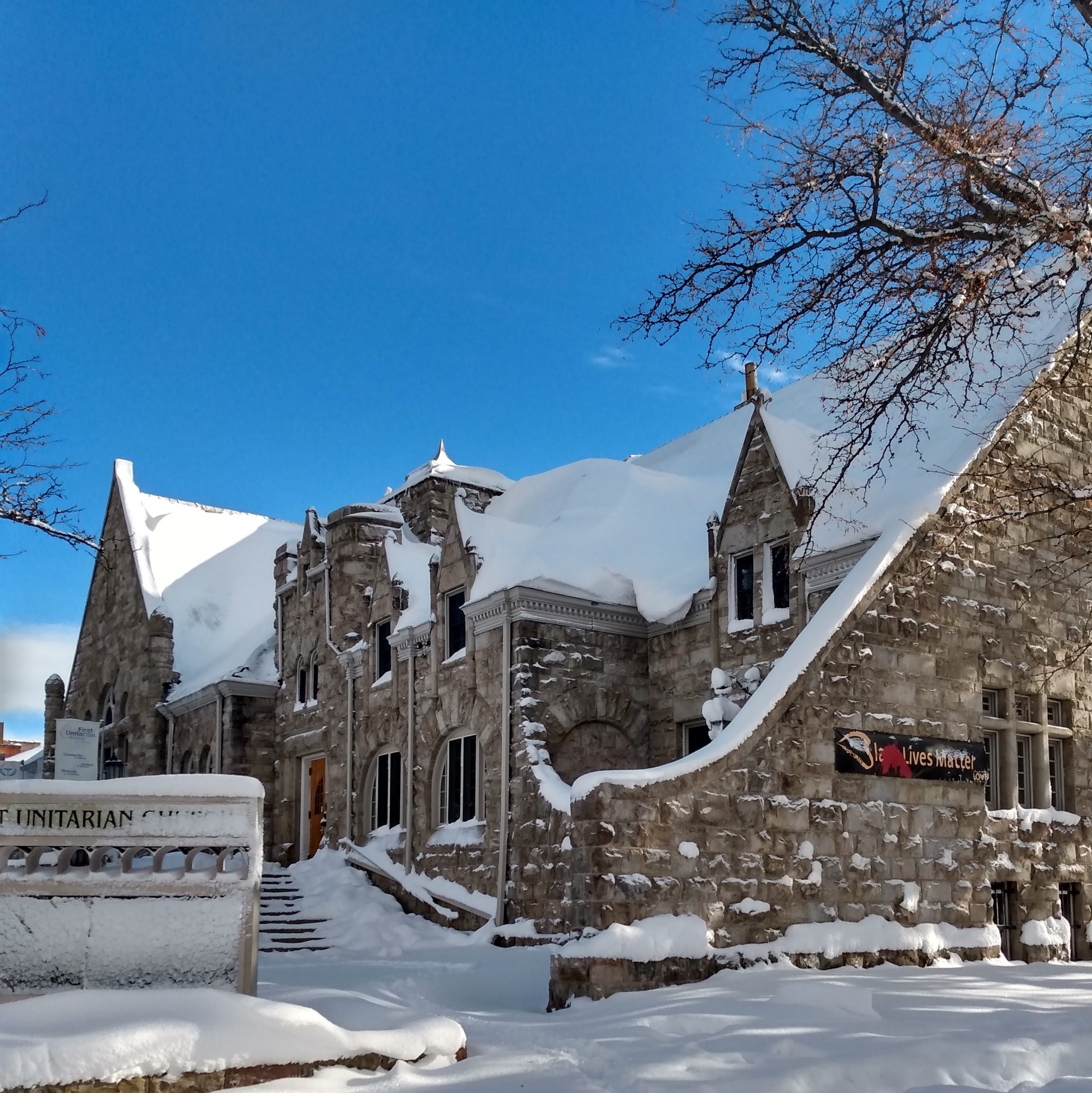



















restaurant culture is vibrant and exotic anywhere you go, marketing strategies are endless fun

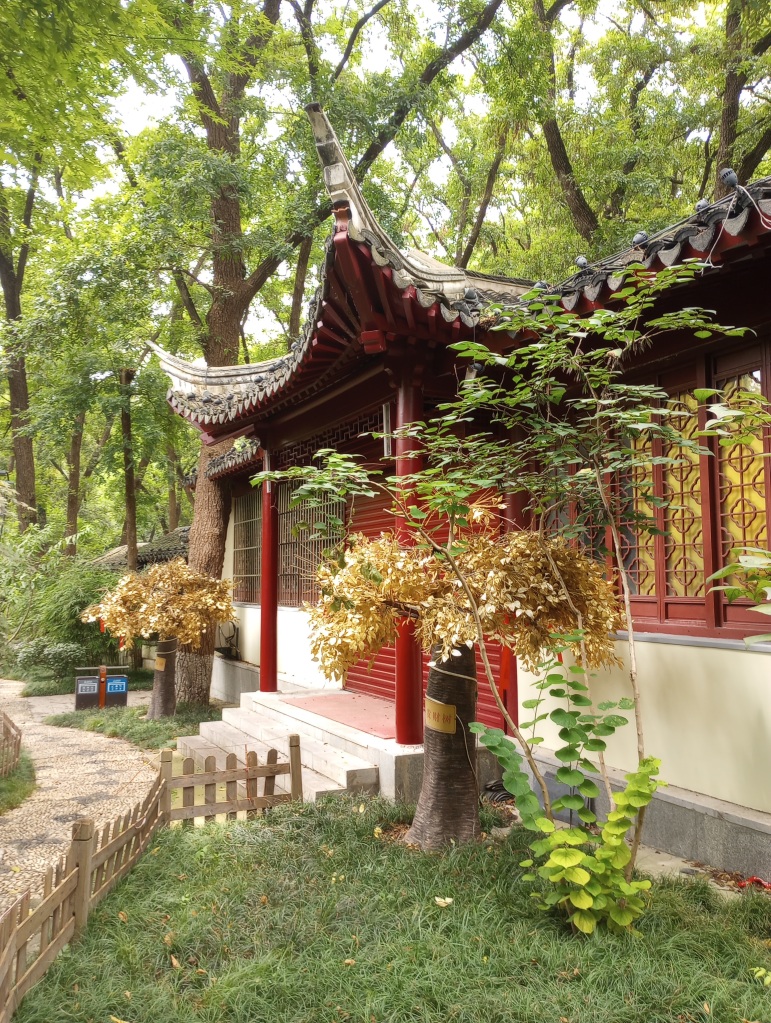
Chinese parks and gardens are very pretty
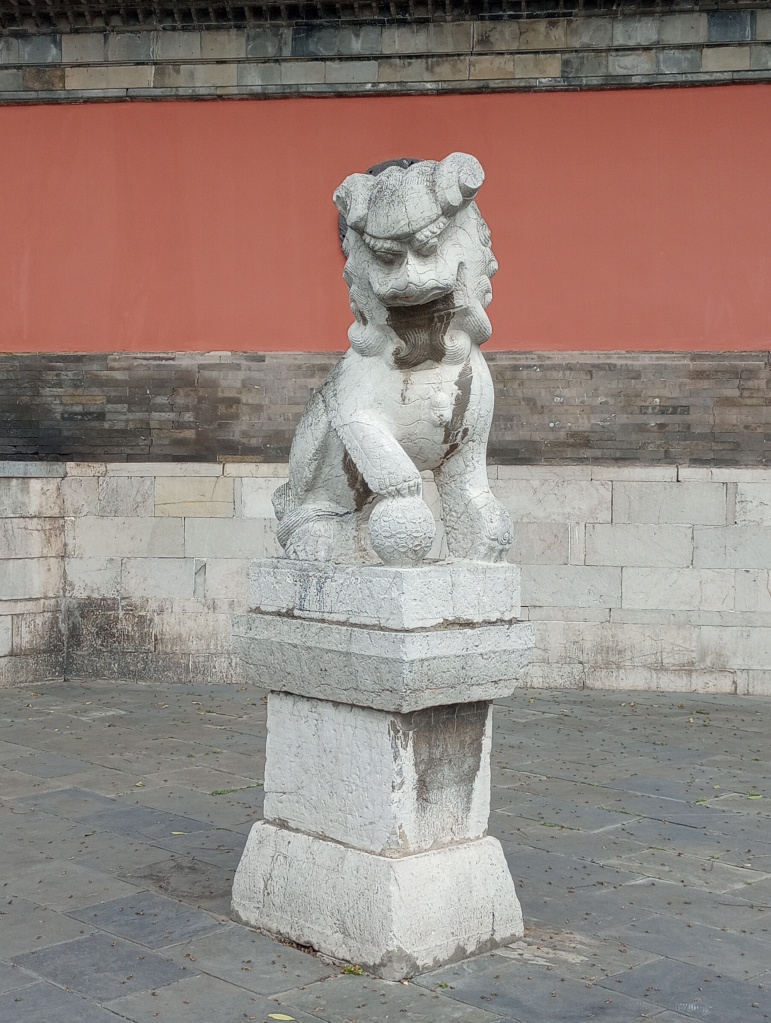

Getting your nails done after the hot pot experience, feeling great after eating, watching the noodle dance and Chinese opera ‘mask man’ perform.
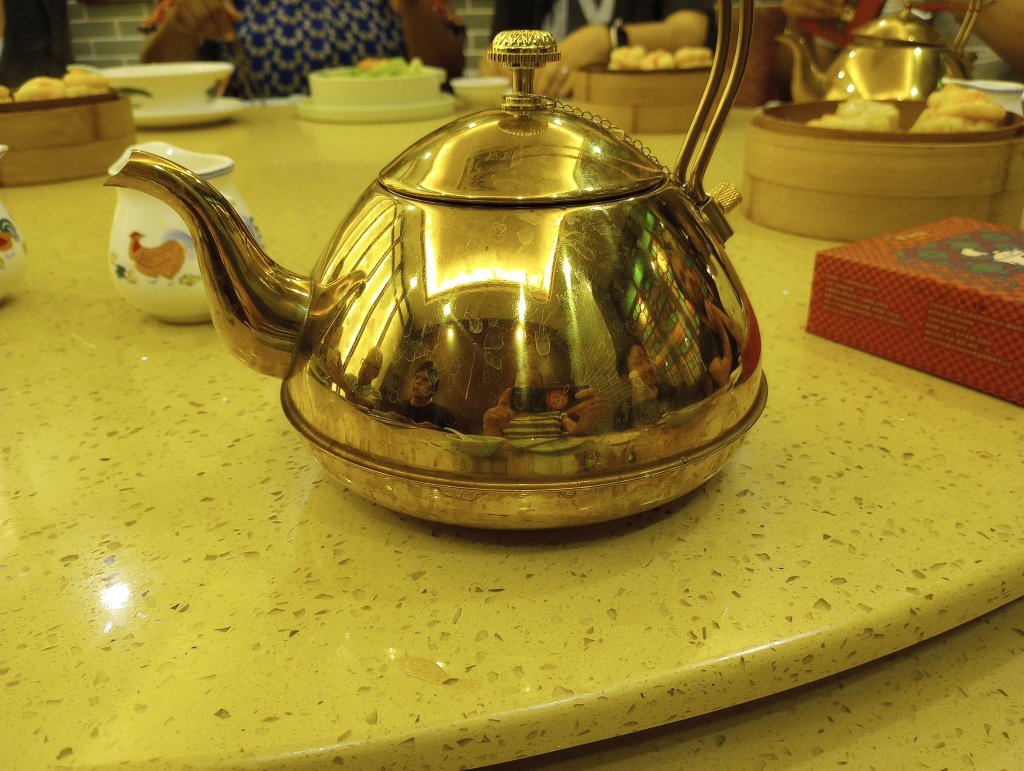
tea after the whole prelude done for us, first tea ceremony that satisfied my curiosity about the real traditional performance preceding the tea drinking

breakfast at the fast food chain, spicy egg soup and gyoza dumplings

sichuan cuisine with my students after karaoke


dragon on the roof fiercely looking forward

farewell concert on the last day

seafood restaurant I still have to try because they promise sour kraut as a bonus

lotus plant, symbol of spiritual enlightenment, beauty and prosperity.
#cooking #newyear #traditions
The Old New Year is a traditional holiday observed informally in some countries. It is the first day of the new year in the Julian calendar, which is 13 days behind the universally adopted Gregorian calendar. Therefore, the Old New Year is celebrated on January 14.

Although the Gregorian calendar was officially adopted in all European countries, the Eastern Orthodox Church, some Oriental Orthodox denominations, and Berbers in North Africa still follow the old Julian calendar. Due to this, some countries celebrate the arrival of the new year twice by both calendars. January 1 is usually a public holiday, whereas January 14 is an unofficial celebration.
In the liturgical calendar, the Old New Year corresponds to the feast day of Saint Basil the Great. In some countries, it is reflected in the holiday’s name or traditions. For example, the Old New Year in Macedonia is also known as Vasilica. And Serbians celebrate the day by baking vasilica, round cornmeal loaves that are served for the Old New Year dinner.

In the former Soviet republics (Armenia, Azerbaijan, Belarus, Georgia, Moldova, Kazakhstan, Russia, Ukraine, Uzbekistan), the Old New Year is celebrated by non-religious people as the final day of the holiday season. For devout Christians, the holiday season concludes with Epiphany, which is observed by the Eastern Orthodox Church on January 19.
The Old New Year in ex-Soviet states combines secular traditions associated with New Year’s Day and Christmastide customs that stem from pre-Christian rites and rituals. One of such customs is kolyada. Kolyada is basically a hybrid of mummers’ plays and carol singing. It involves young people and children in costumes going from house to house and signing carols. In return, they expect to be given money and sweets.

Although the custom isn’t as widespread as it used to be, it still persists. In cities, it’s mostly children expecting to get some sweets from their relatives and neighbors, much like Halloween trick-or-treaters in the West but without scary costumes. For most people, it’s a nostalgic family holiday that involves a large meal and celebratory drinking. (Taken from Anydayguide.com)
The winter is here, believe it or not. We are at home baking all things imaginable, since it’s a snow day one needs to keep warm and cozy while staying in. The highlight of this gastronomic celebration is baked apples, what are you cooking/baking today? What are your go to activities on a snow day? Are you experiencing inclement weather conditions as well?

Vegetarian restaurant at the Buddhist temple

Microwave breakfast cooking at home

Family style fine dining at the mall

First time hot pot experience with coworkers

Lunch at a school cafeteria, great food at a great price

Cafeteria meat heavy meal

Fast food fatty meal
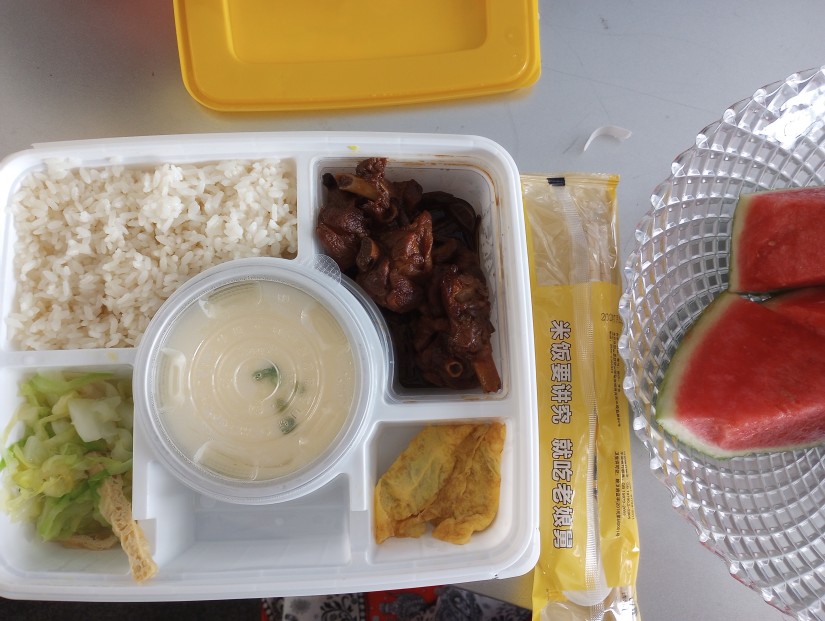
Bento Box takeaway with duck and watermelon
Kupala Night is one of the major folk holidays of the Eastern Slavs, that coincides with the Christian feast of the St. John the Baptist and the East Slavic feast of St John’s Eve. In folk tradition, it was revered as the day of the summer solstice and is celebrated on June 24, although the night before was more ritualized. New calendar has it on July 6.
A number of activities and rituals are associated with Kupala Night:
It was also believed that on this day the sun plays and other wonders of nature happen. The celebrations are held near the water, on the hills, surrounding that; chiefly, young men and women participate in these folkloric traditions. The rituals and symbolism of the holiday may point to its pre-Christian origins.
On this day, June 24th, (July 6th according to new calendar) it was customary to pray to John the Baptist for headaches and for children.
Kupala Night is filled with rituals related to water, fire and herbs. Most Kupala rituals take place at night. Bathing before sunset was considered mandatory: in the north, russians were more likely to bathe in saunas, and in the south in rivers and lakes. Closer to sunset, on high ground or near rivers, bonfires were lit. Sometimes, fires were lit in the traditional way – by friction wood against wood. In some places, this archaic way of lighting a fire for the holiday survived until early 20th century.

On Kupala Night, “bride and groom” were chosen and wedding ceremonies were conducted: they jumped over the fire holding hands, exchanged wreaths (symbol of maidenhood), looked for the fern flower and bathed in the morning dew. On this day, “village roads were plowed so that ‘matchmakers would come sooner’, or a furrow was plowed to a boy’s house so that he would get engaged faster.
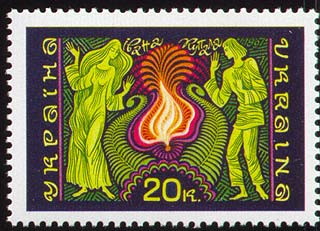
The obligatory custom on this day was mass bathing. It was believed that on this day all evil spirits would leave the rivers, so it was safe to swim until Elijah’s day. In addition, the water of Kupala Night was endowed with revitalizing and magical properties.
In places where people were not allowed to bathe in rivers (because of russets), they bathed in “sacred springs”. In some places, on the day before of Kupala Night, on St. Agrippina’s Day, baths were heated in which people were washed and steamed, while steaming the herbs collected on that day. Water drawn from springs on St. John’s Day was said to have miraculous and magical powers.
On this holiday, according to a common sign, water can “make friends” with fire. The symbol of this union was a bonfire lit along the banks of rivers. Wreaths were often used for divination on Kupala Night: if they floated on the water, it meant good luck and long life or marriage.
A 16th-century Russian scribe attempted to explain the name (Kupalnica) and the healing power of St. John’s Day by referring to the Old Testament legend of Tobias. As he writes, it was on this day that Tobias bathed in the Tigris, where, on the advice of the archangel Raphael, he discovered a fish whose entrails cured his father of blindness.

Fire
The main feature of the Kupala Night is the cleansing bonfires. The youths would bring down a huge amount of brushwood from all over the village and set up a tall pyramid, with a pole in the middle, on which was placed a wheel, a barrel of tar, a horse or cow skull, etc. According to Tatyana Agapkin and Lyudmila Vinogradova, the symbol of a tall pole with a wheel attached to it generally correlated with the universal image of the world tree.
In Ukraine and Belarus, girls and boys held hands and jumped over the fire in pairs. It was believed that if their hands stayed together while jumping, it would be a clear sign of their future marriage; the same if sparks flew behind them. In Gomel, boys used to cradle girls in their arms over the Kupala bonfire to protect them from spells. Young people and children jumped over bonfires, organized noisy games: they played gorelki.
In addition to bonfires, in some places on Kupala Night, wheels and barrels of tar were set on fire, which were then rolled down the mountains or carried on poles, which is clearly related to the symbolism of the solstice.
In Belarus, the Galician Poles and Carpathians called baptismal bonfires Sobótki after the West Slavic sobota as a “day of rest”
Herbs
A characteristic sign of Kupala Night are the many customs and legends associated with the plant world. Green was used as a universal amulet: it was believed to protect from diseases and epidemics, evil eye and spoilage; from sorcerers and witches, unclean powers, “walking” dead people; from natural lightning, hurricane, fire; from snakes and predatory animals, insect pests, worms. At the same time, the contact with fresh greens was conceived as a magical means providing fertility and successful breeding of cattle, poultry, yield of cereals and vegetable crops.
It was believed that on this day it was best to collect medicinal herbs, as the plants receive great power from the sun and the earth. Some herbs were harvested at night, others in the afternoon before lunch, and others in the morning dew. While collecting medicinal herbs, magic spells (zagovory) were recited.
The fern and the so-called Ivan-da-marya flower ( Melampyrum nemorosum; literally: John and Mary) were associated with special Kupala legends. The names of these plants appear in Kupala songs.
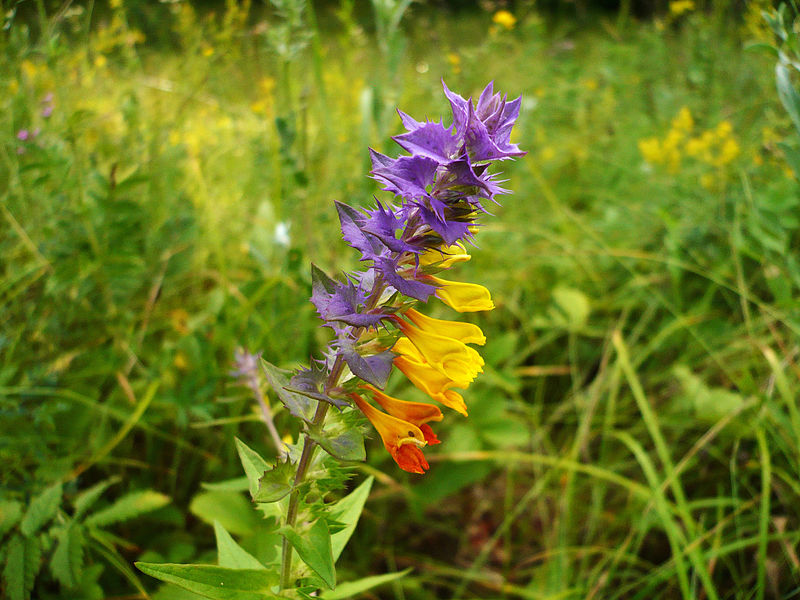
The Slavs believed that only once a year, on St. John’s Day, a fern blooms. This mythical flower, which does not exist in nature, is supposed to give those who pick it and keep it with them miraculous powers. According to beliefs, the bearer of the flower becomes clairvoyant, can understand the language of animals, see all treasures, no matter how deep they are in the ground, and enter treasuries unhindered by holding the flower to locks and bolts (they must crumble before it), wield unclean spirits, wield earth and water, become invisible and take any form.
Depending on the region, a young birch, willow, maple, spruce, or the cut top of an apple tree was chosen for the Kupala. The girls would decorate it with wreaths, field flowers, fruits, ribbons and sometimes candles; then take it outside the village, stick it in the ground in a clearing and dance, walk and sing around it. Later, the boys would join in the fun, pretending to steal the Kupala tree or ornaments from it, knocking it over or setting it on fire, while the girls protected it. At the end, everyone together was supposed to drown the Kupala tree in the river or burn it in a bonfire.
(Taken from https://en.wikipedia.org/wiki/Kupala_Night)